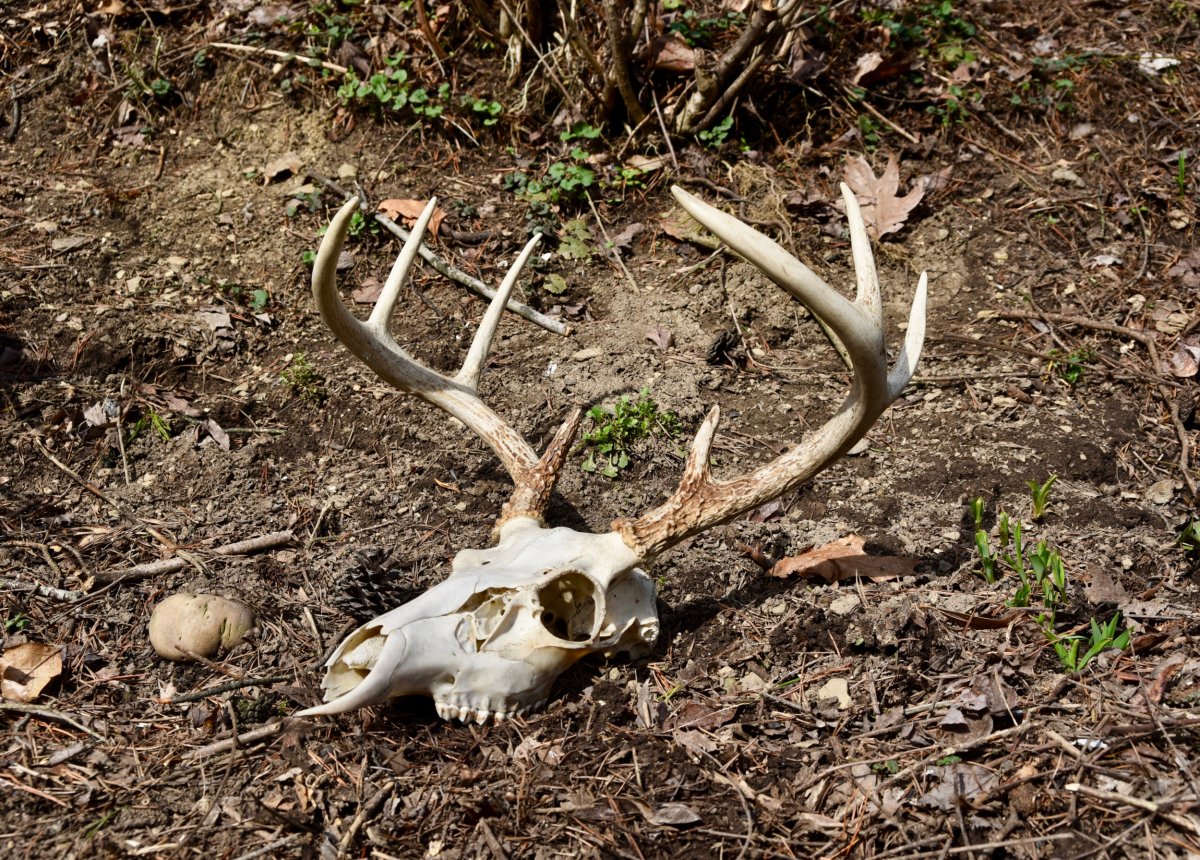A fatal disease, which has earned the nickname “zombie deer disease,” has extended its reach across North America, raising concerns about the potential transmission of the disease from animals to humans. This condition, formally referred to as chronic wasting disease (CWD), has surfaced in two deer in British Columbia in Canada, marking the first instance of the condition being identified in the province. The Centers for Disease Control and Prevention (CDC) reported that as of November 2023, counties across at least 31 U.S. states have reported cases of the disease. Moreover, during the 2022-2023 hunting season in Canada’s Alberta province, 23 percent of samples were found to be infected with CWD. Additionally, it was detected in Yellowstone National Park for the first time in November.
CWD is a prion disease, caused by an abnormal protein that triggers other proteins in the body to become abnormal, leading to illness and often eventual death. Similar prion diseases include mad cow disease (Bovine Spongiform Encephalopathy) and Creutzfeldt-Jakob Disease. CWD was first detected in a captive deer at a Colorado research facility in the 1960s and in wild deer in the early 1980s. It has since spread across the U.S. and Canada, as well as Norway, Sweden, and Finland, infecting deer and elk species. In some areas, infection rates may have surpassed 10 percent of the wild deer and elk population, reaching over 25 percent in localized cases, according to the CDC. The disease is transmitted between animals via body fluids such as saliva, blood, urine, and feces, as well as through exposure to contaminated food or soil. The infectious prions can persist in the environment for an extended period, posing a threat long after the death of an infected animal.
Symptoms of CWD may take up to a year to appear and can include weight loss, confusion, drooling, stumbling, and other neurological symptoms. The disease is fatal, and no cure has been developed yet. Given the widespread spread of the disease in North America, there are concerns about the potential transmission of the disease from animals to humans. Historically, animal prion diseases have been transmitted to humans, as seen with the Mad Cow Disease outbreak in Britain in the mid-1990s, during which thousands of people were infected after consuming meat from infected cows. This highlights the possibility of a similar spillover event occurring with CWD. While there have been no reported cases of CWD in humans to date, the disease has been observed to have jumped from deer and elk to other species, including squirrel monkeys and lab mice. A study in progress has indicated that CWD can also be transmitted to macaque monkeys, which are more genetically similar to humans than squirrel monkeys, after consuming infected meat or brain tissue.
Despite this, it remains uncertain whether CWD is capable of infecting humans. While scientists continue to study the transmission and affected species, wildlife officials are working to prevent the spread of the disease among deer and elk in North America. Health Canada and the World Health Organization advise against consuming meat or other parts of an animal infected with chronic wasting disease to mitigate the potential risk of transmission or illness. Following the detection of the disease in neighboring areas, British Columbia’s Ministry of Water, Land and Resource Stewardship has established a surveillance and response plan for chronic wasting disease to reduce the risk of its spread in British Columbia.
Newsweek is dedicated to challenging conventional wisdom and establishing connections in the pursuit of common ground. If you have a tip on a science story that Newsweek should cover or if you have questions about prion diseases, please contact us at science@newsweek.com.














:max_bytes(150000):strip_icc()/XAUUSDChart-849156fbb4114aaa8e74cbe3ad4cb040.gif)